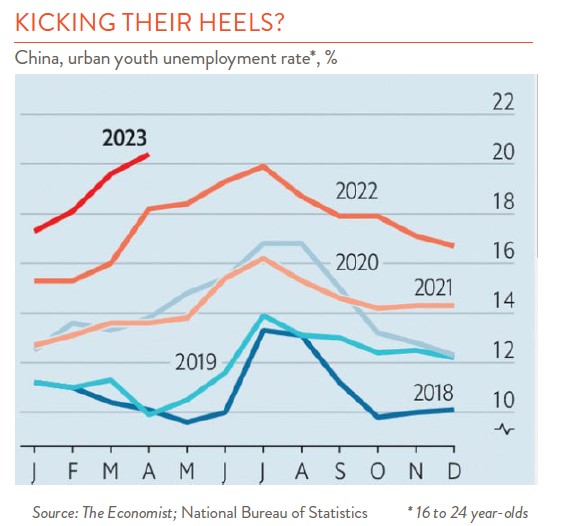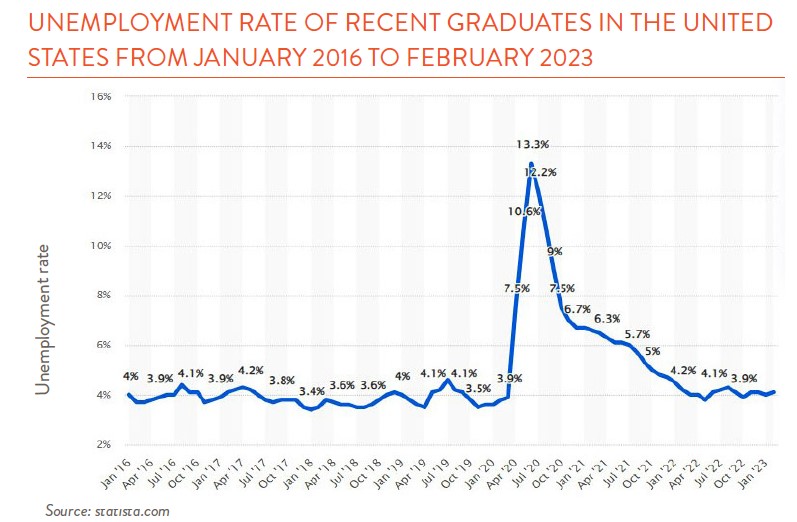On the surface there are big differences between youth unemployment rates in the U.S. and China. In China, the rate for 16 to 24-year-olds is over 20%. For recent college grads in the U.S., it is only 4%, although to be fair, it jumps to 9% for 16 to 19-year-olds — still only about half the Chinese rate.

Why is the Chinese rate so high even though the overall economy is growing and colleges are pumping out the most educated generation in history? The answer: a mismatch between the skills graduates have and what the job market needs, and second, a mismatch between college graduate perceptions and the reality of the market.
China still needs manufacturing workers, including workers on the “line” at semiconductor plants, but recent college grads are less excited about the jobs their parents strived for. They also don’t want lower paying healthcare and recreation jobs. They want high prestige jobs in finance and real estate, but there have been cutbacks here. They also want the safety and security of public sector jobs (the “iron rice bowl”), but competition here is intense.
The U.S. unemployment rate for young people is much lower than China, but there are also mismatches in supply and demand. Science majors are in big demand as are students who pursue trades (machinists, plumbers, electricians, and carpenters). Young people have taken notice of these changes. Fewer high school grads are going to college today as more and more jobs don’t require a degree. Interest in STEM is booming, and English majors and the classics are disappearing.

China and America may be different, but the laws of supply and demand still rule. If you want to find a job, you sometimes need to heed the words of hockey star Wayne Gretsky: “I skate to where the puck is going, not where it has been.”